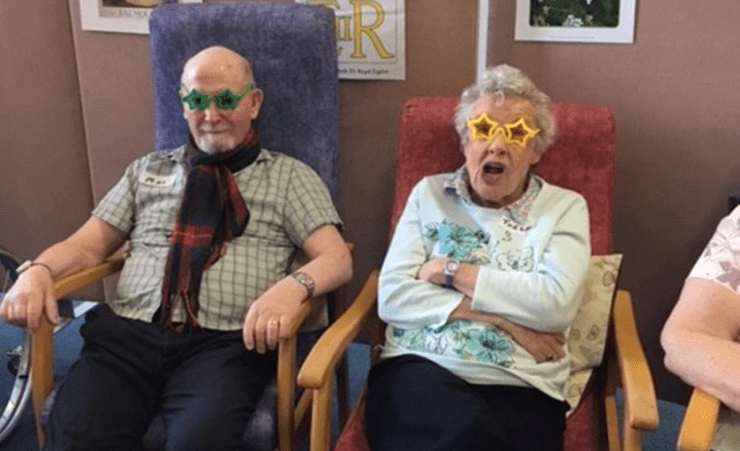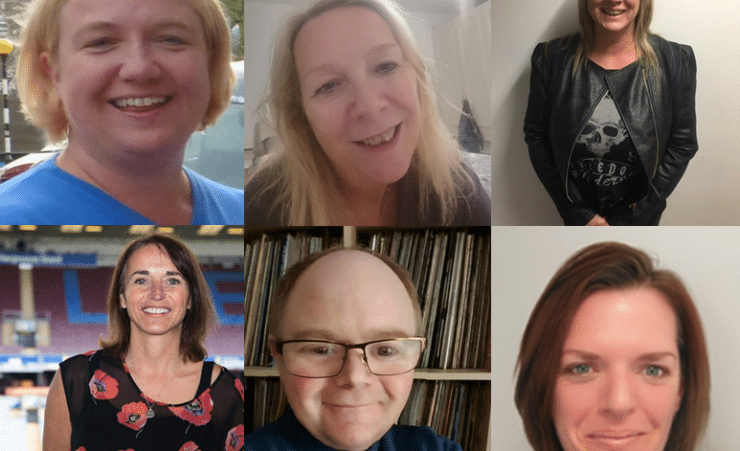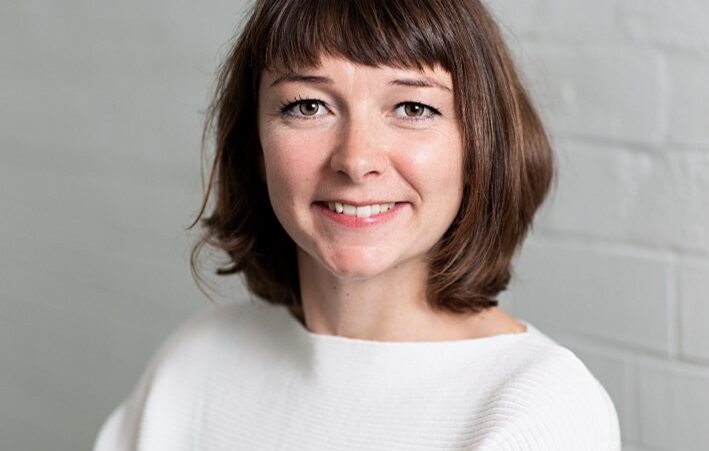
Measuring what matters: Valuing the voluntary sector in East Sussex
Valuing the VCSE in East Sussex
Earlier this year, IVAR was commissioned by East Sussex County Council to research the social and economic value of the county’s VCSE sector. The Council wanted to understand the scale, scope, and contribution of the sector. As we discuss below, arriving at reliable economic valuations was far from easy. Nevertheless, we made the following estimates about the VCSE sector in East Sussex:
- Over 3,500 organisations
- Generates an economic gross value added of at least £76m
- Employs at least 6,000 people, roughly equivalent to 3% of the county’s workforce
- Harnesses £110m from volunteers contributing 9.6m hours per annum, equivalent to a workforce of 6,000 full-time workers
Numbers like these are useful. They give us a feel for the size and significance of the VCSE sector. They remind policy-makers that civil society should be taken seriously. However, they also need to be interpreted with care.
Challenges
There are significant challenges in estimating the economic value of the VCSE sector. Government data rarely separately identifies VCSE organisations. Furthermore, a large number of small, local voluntary organisations are not registered with their regulators, often because their income falls below registration thresholds. As such, we have to make educated guesses about the size and scale of ‘below the radar’ organisations.
The issue of ‘below the radar’ organisations is especially significant because the vast majority of VCSE organisations are small. We estimate that over half of the VCSE organisations in East Sussex have an income of less than £25,000. Much of the value of volunteering (calculated from survey data) resides in these organisations, yet we cannot readily identify them all.
Limitations
Valuing small voluntary organisations in economic terms has an air of nonsense about it. When we think about voluntary organisations, is economic productivity really what comes to mind first? Are VCSE organisations best understood by their monetary value? As part of our East Sussex research, we have spoken to various local voluntary organisations. It seems clear to us that, while there is economic value in what these organisations do, there is other more significant value. For example, there is enormous value in the social relationships that form in and around local voluntary organisations. There is value in the trust that forms through participation. There is a value in the way that VCSE organisations help people to feel better.
Reconceptualizing VCSE value
It is important that the VCSE sector can articulate its value in ways other than economic terms. Civil society is distinctive and should be proud of its unique contribution. We need to articulate how VCSE organisations contribute to what is beneficial and important in our lives.
Measures of wellbeing offer one potential alternative to understanding the contribution of voluntary organisations. Measuring wellbeing takes us away from an emphasis on productivity and consumption, towards an understanding of our happiness and life satisfaction. That said, there are challenges in measuring wellbeing and establishing causal relationships between VCSE activity and improved wellbeing. Wellbeing measures may also not suit every situation.
What is important varies with context and perspective. For example, the way an environment group improves our enjoyment of the natural world may differ from the way a youth charity builds the confidence of young people. Thus, the assertion of value becomes a judgment as to what is important and beneficial in our lives.
Conclusion
Measuring the contribution of the VCSE sector is incredibly hard. We can place economic values on it, but perhaps this does it a disservice. The VCSE sector provides fabric to many people’s lives and surely deserves to valued on its own terms. So, rather than looking at estimates of economic worth, let’s be bolder in asserting the value of VCSE organisations according to what is important and beneficial in our lives.
In the next stage of our work in East Sussex, we will holding a Share & Build Share & Build event on Thursday 17th December. We will share initial findings from the research and provide an opportunity for organisations in East Sussex to add further insights and discuss these with colleagues from across the VCSE and public sectors. For more information about this work or to join on the 17th of December, please contact houda@ivar.org.uk.


